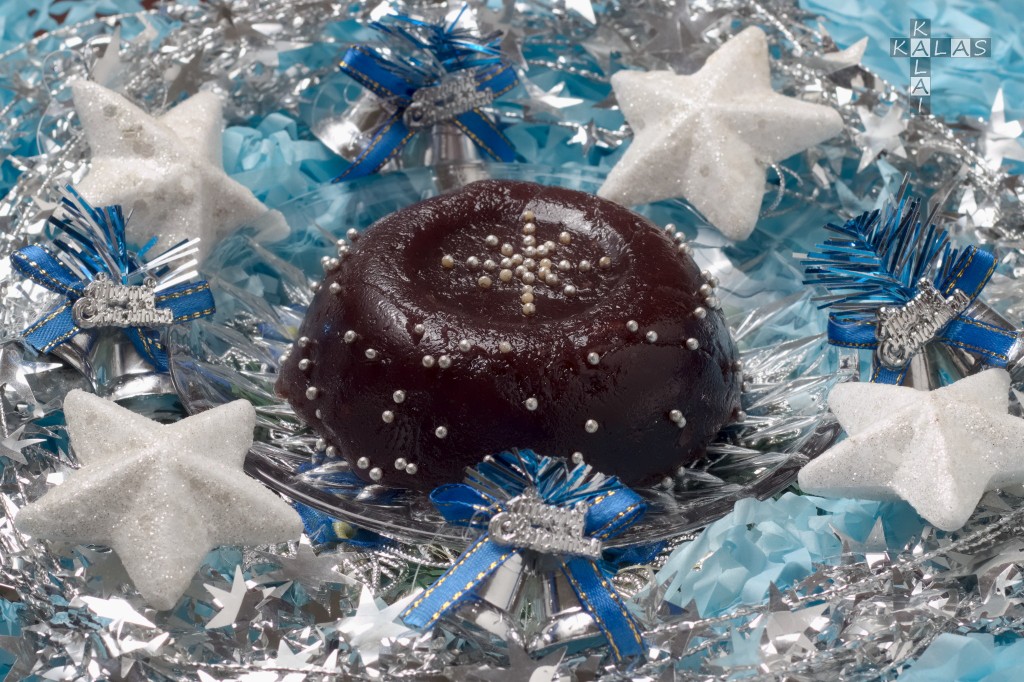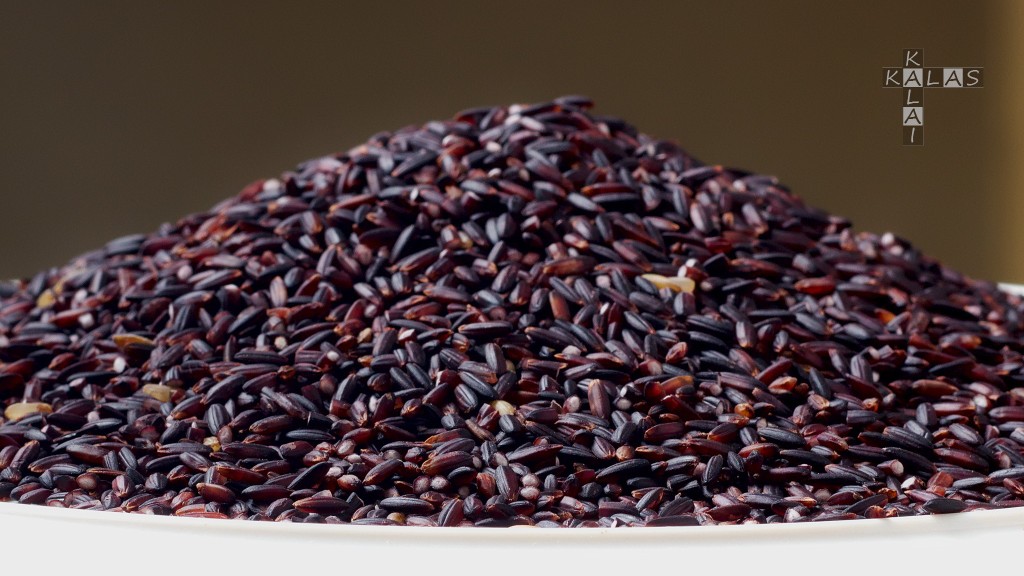In Thirunelveli, a glutinous rice is powdered and used in the preparation of halwa. It is black in colour and when cooked in water it develops a gel-like consistency. My mother used to make this halwa, grumbling all the time that it took her forever. It was a thick black mass that could be spooned out onto a plate, but it had a delectable taste that strongly resembled the legendary Thirunelveli Halwa. When I wanted to make this halwa, I couldn’t buy the rice in the stores because no one in Chennai knew what puttarisi was. A Facebook friend mentioned that I should look for black Kavuni rice in Chennai. I was finally able to obtain this rice, ironically not in Chennai but from a seller from some small town in Tamil Nadu who had listed it on Amazon. This Puttarisi Halwa is also made by Sri Lankan Tamils and they call this Dhodhal. This recipe is my mother’s version, standardised by me. Unlike kavuni arisi dishes made by other Tamil folk, Thirunelveli people do not use any flavouring agent which retains the original flavour of the ingredients and use white sugar instead of jaggery.











